The content of the article
Newly-made hostesses fall into a stupor when they face the question of how to iron a shirt with a long sleeve. The process can rightly be considered an art, as a correctly carried out procedure sets the tone and sense of style to the whole image. The shirt is an integral part of both male and female wardrobe. There are certain features of ironing that must be considered. Consider the important aspects in order.
Practical recommendations
- Before you start ironing, wash your shirt in a convenient way and hang it on your shoulders to avoid creases and wrinkles. Otherwise, it will be difficult for you to smooth out the wrinkles that appear on the shirt. To facilitate the process, iron the product in a semi-humid state, such a move will save time and effort.
- If you missed the moment when the shirt remained wet, proceed as follows. Hang the thing on the hanger, evenly moisten the shirt with filtered water from a spray bottle, fold it as correctly as possible. Wrap the product in a white terry towel (it is not painted), then place it in a clean plastic bag or wrap with food film. Similar actions promote uniform moistening of a shirt.
- Products made of silk are ironed on the opposite principle: completely dry the shirt, soak cotton fabric in purified water, apply it to clothes, perform ironing. In no case do not use gauze or bandage for such needs, otherwise you risk to leave prints on the surface of the product. It is not recommended to spray water on artificial silk and satin shirts to avoid stains.
- Pay attention to the iron that you use. Purchase a device with a temperature regulator, a function of stripping and spraying with water, a stainless steel sole. Choose an iron with enough features for easy ironing clothes from different types of fabric.Also, take care of the presence of the ironing board, without these components, the procedure will never take place correctly and comfortably.
- Get in a pharmacy distilled water that needs to be poured into the neck of the iron, when you will produce a steaming. Do not use running water or even filtered water. Otherwise, salt and chemical additives will be deposited in the cavity of the device, which, when pressed, will release steam to the surface of the jacket. Do not forget to clean the sole of the iron in a timely manner and change the water filter.
- As a rule, shirts are ironed from the front, however, if the item is of a dark color or has an embroidery ornament, this recommendation will disappear automatically. Clothing of this kind is ironed only on the reverse side to eliminate the appearance of gloss (shiny stripes). In cases when there is no possibility and desire to turn the shirt over, iron it with the help of the steaming function, barely touching the surface of the product with the sole of the iron. In addition, things from bright fabrics also need to be ironed from the seamy side to avoid fabric tarnishing.
- Before you start ironing the product, read the label and manufacturer's recommendations. It is important to choose the right temperature based on the type of fabric, otherwise there is a risk of burning a shirt or, on the contrary, not ironing it completely. In addition, the materials react differently to steaming and moistening with water.
- An important aspect of ironing a shirt with long sleeves is considered to be the sequence of workpieces. Adhere to the principle of "from small parts to large." This means that the first thing you need to iron is small details - the collar and cuffs, and then there are the large ones: the shelves (front part), the entire sleeves, the back. The principle is successfully used in dry cleaners, model agencies, expensive boutiques. If you do not adhere to the named scheme, you will have to smooth out the large parts that have already been processed, on which folds have appeared, several times.
Choice of mode for ironing long sleeve shirts
It is important to understand that the temperature and humidity depends on the type of fabric from which the shirt is made. There are cases when the composition remains unknown,in such situations, start the procedure with a minimum temperature.
- Shirts from the pressed fabric must be ironed at a temperature of 110 degrees. It is important to perform the procedure without steaming, otherwise the product will lose its former shape, and the fibers - the structure.
- Polyester, which is part of the shirt, is ironed at 110 degrees, similar to the pressed shirts. Also products of this kind should not be steamed, since synthetic materials will begin to deteriorate. Set this parameter to the minimum mark.
- If your shirt is made of viscose, feel free to start ironing at 120-125 degrees. In this case, you should not be ashamed of steam treatment, the material maintains it well. It is not recommended to spray the viscose from a spray bottle to reduce the risk of stains and stains.
- As for natural fabrics, cotton maintains a rate of 150 degrees and above with maximum steam processing. Cotton in combination with flax fibers is stripped and smoothed only at 165–185 degrees.
- Lyon itself has sufficient rigidity, it is extremely difficult to iron. For this reason, put on the iron the maximum power of steam and the temperature of 215-230 degrees. Even with this mode, you will experience some difficulties with straightening folds and creases.
How to iron a long sleeve shirt
Once you have chosen the temperature, you can proceed to the procedure.
Collar
As it was mentioned earlier, the first thing is to iron the small details, let's start with the collar. This part of the product is constantly in sight, so it is necessary to pay close attention to it. Spread the collar so that you have free access to the wrong side. Move towards the edges towards the center, and not vice versa. Such a move will help avoid folds in the corner parts of the element. After processing the wrong area, turn over the shirt and repeat the previous manipulations again. Make sure there are no creases, then fold the collar over the main fold and iron the area, giving it a standing shape.
Cuffs
Open the cuffs on both sleeves of the shirt, then straighten them on the ironing board to avoid the formation of arrows. First, walk the iron on the wrong side, then go to the front. Move in one direction, at the end of the procedure, fold the cuffs and smooth them over the fold.
Sleeves
Straighten the sleeve on the ironing board, focus on the seam. Begin ironing the element, moving from the shoulder to the wrist. Be careful with the place of the fold, do not come close to it, so that the arrows do not appear (if they are not needed). When you iron the sleeve from the first side, turn the room in the middle so that the seam is exactly along the line. Walk the iron, do not touch the edges, then go to the processing of the second sleeve.
Shelves and back
Iron the area around the sewn buttons, but do not rub the sole of iron on them. Then move from the shoulder to the belt (from top to bottom), and iron the pocket in the opposite way - from bottom to top.
The back is ironed easier than other parts. Place the shirt on the board, slide the iron from top to bottom, first from the right side, then from the left. If there is a badly ironed area in the middle, treat it at the very end.
It is easy to stroke a shirt with long sleeves, if you have sufficient knowledge about the choice of temperature and the order of processing parts. Carefully ensure that the sole of the iron does not form all the large folds, otherwise in the future they will be problematic to smooth.
Video: how to stroke a shirt and fold it correctly

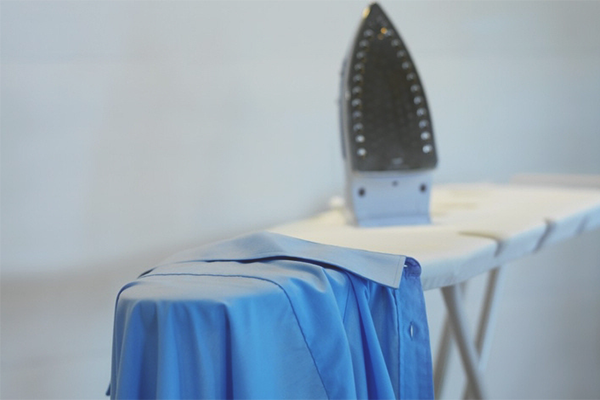
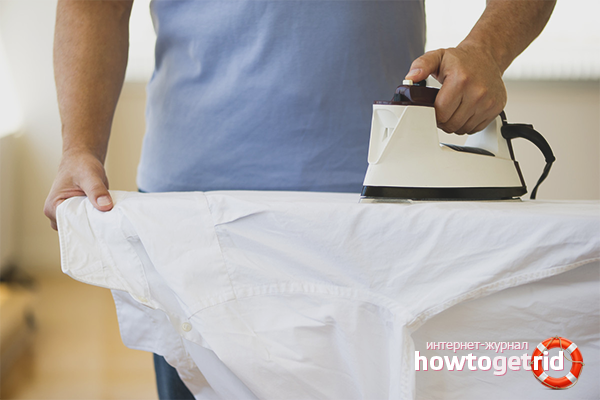


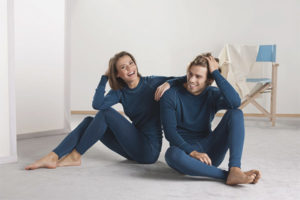
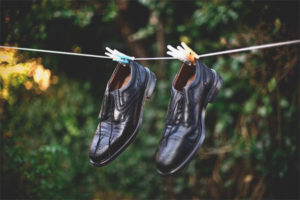
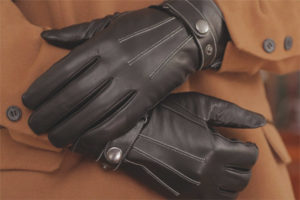
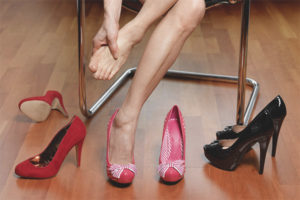
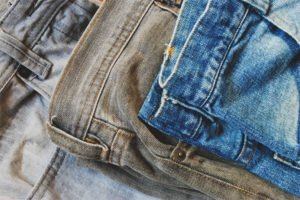
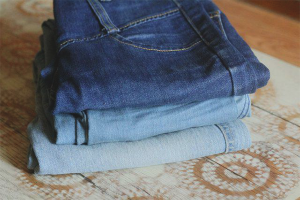
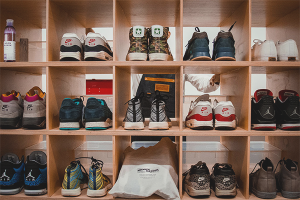
To send